
A centrifugal fan is a fluid machine that increases gas pressure and discharges gas by inputting mechanical energy. It is widely used in ventilation, dust removal and cooling of factories, mines, tunnels, cooling towers, vehicles, ships and buildings. Centrifugal fans are also used for ventilation and air induction of boilers and industrial furnaces, as well as cooling and ventilation in air conditioning equipment and household appliances. Other applications include drying and conveying grains, and providing wind tunnel wind sources. It has a sturdy structure and stable operation, and can effectively increase air pressure and flow in various environments.
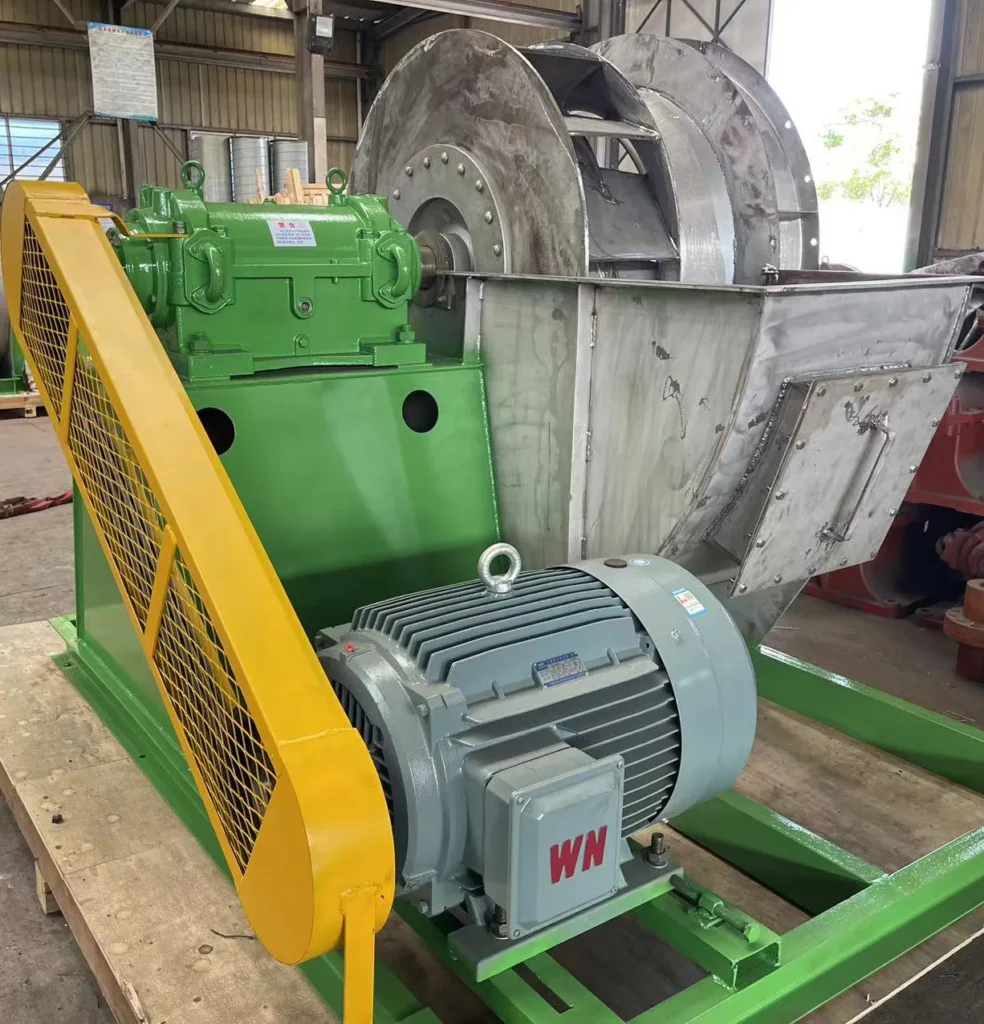
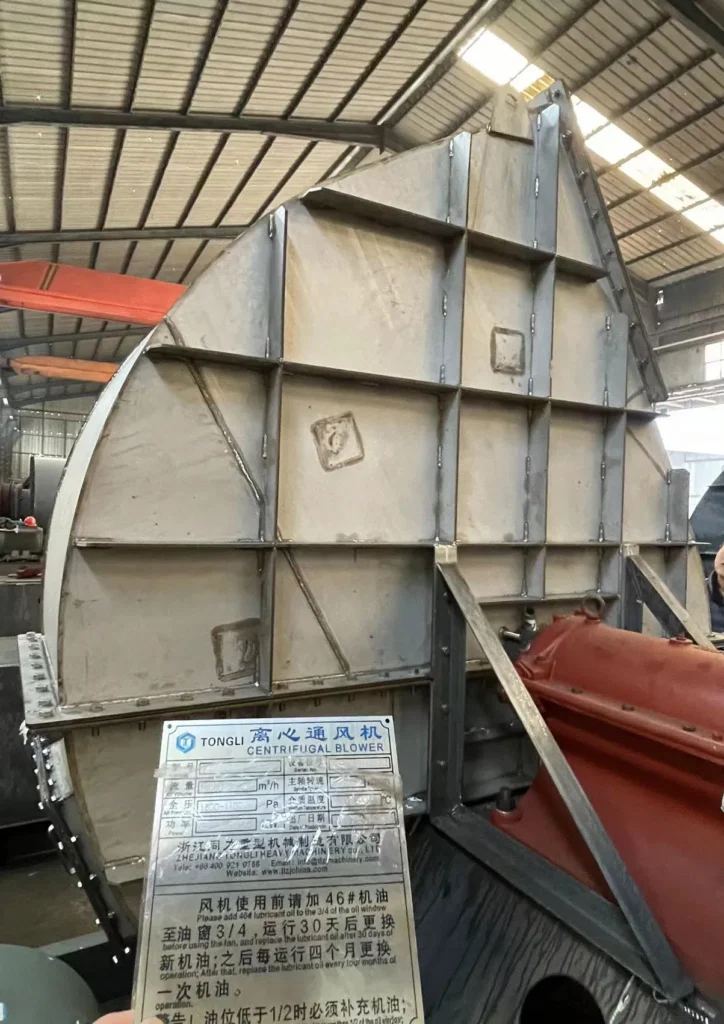
Efficient Centrifugal fans Solution
A MACHINE YOU CAN DEPEND ON!
Centrifugal fans have become the equipment for water pumps in industrial and civil fields due to their strong pipeline capacity, diverse environmental positioning and wide range of applications, and can meet the complex requirements of different scenarios.
Whether in high temperature, humid or dry working environments, centrifugal fans operate stably. Its different impeller designs meet the needs of different pipelines.
Centrifugal fans can effectively increase gas pressure and flow, and are particularly suitable for industrial ventilation and exhaust systems that require strong wind pressure and large air volume.
Centrifugal fans cover a wide range of fields such as ventilation, dust removal, cooling, etc., with a variety of flexibility and configurations, and can serve the different needs of industrial and civil places.
| No. | Model No. | Speed (r/min) | Total Pressure (Pa) | Flow Rate (m³/h) | Power (KW) |
| 1 | 8D | 1450 | 1704~1154 | 11000~26400 | 11~15 |
| 2 | 9D | 1450 | 2157~1461 | 15700~37500 | 22~30 |
| 3 | 10D | 1450 | 2663~1803 | 21500~51500 | 37~45 |
| 4 | 11D | 1450 | 3222~2182 | 28600~68500 | 55~75 |
| 5 | 12D | 1450 | 3835~2597 | 37200~89000 | 90~110 |
| 6 | 13D | 1450 | 4500~3048 | 47200~113000 | 132~185 |
| 7 | 14D | 1450 | 5219~3535 | 59000~141000 | 220/250 |
| 8 | 15D | 1450 | 5992~4058 | 72600~174000 | 250~355 |
| 9 | 16D | 1450 | 6817~4617 | 88100~211000 | 355~500 |
| 10 | 17D | 960 | 3384~2285 | 69900~168000 | 132~200 |
| 11 | 18D | 960 | 3794~2562 | 83000~199000 | 200~250 |
| 12 | 19D | 960 | 4227~2855 | 97600~234000 | 250~355 |
| 13 | 20D | 960 | 4684~3163 | 114000~273000 | 315~450 |
| 14 | 21D | 960 | 5164~3487 | 132000~316000 | 400~560 |
The working principle of a centrifugal fan is based on the centrifugal force generated by a rotating impeller.
The impeller inside the fan is driven by a motor to rotate at high speed, capturing and pushing air towards the outer edge. During this process, the air is accelerated within the impeller, creating high-pressure airflow that is discharged through the fan's outlet. The impeller is usually curved, effectively guiding the air from the inlet to the outlet, providing high pressure and stable airflow.
This design is suitable for applications requiring significant air pressure, such as long-distance transport and high-resistance environments.
First, determine the required airflow and pressure to ensure the fan can meet specific transport needs. Consider the operating environment, including temperature, humidity, and potential corrosiveness, to choose appropriate materials and protection levels.
The noise level and energy efficiency of the fan are also important; a low-noise and high-efficiency design can enhance comfort and reduce operational costs. Finally, check the fan's size and installation requirements to ensure it fits the available space and complies with installation standards.
By considering these factors, you can select a suitable centrifugal fan model.
Consider the airflow requirements, including volume and pressure, to ensure the design meets expected performance standards.
The operating environment is crucial, such as high or low temperatures or corrosive conditions, requiring suitable materials and coatings. The design of the impeller is also key, including its shape, size, and speed, which directly affect performance and efficiency.
Noise control and vibration damping are important to minimize environmental impact. Lastly, consider energy efficiency and ease of maintenance to optimize design, improve efficiency, and simplify maintenance processes.
Regularly check and clean the fan's impeller to prevent dust and debris accumulation, which can affect efficiency and performance.
Inspect bearings and seals to ensure proper lubrication and avoid faults from wear or leaks. Regularly check the motor and connections for smooth operation, avoiding abnormal noise or overheating.
Monitor fan vibrations and adjust or repair if abnormalities are detected. Follow the manufacturer's maintenance manual for regular professional inspections to extend equipment life and ensure optimal performance.
Ensure the foundation and support structure are stable to prevent vibrations and damage caused by instability.
Properly align the inlet and outlet for unobstructed airflow, avoiding losses due to poor connection. Check the motor and transmission system for correct installation and alignment to prevent noise or vibration during operation.
Consider maintenance space for easy access and servicing. Finally, conduct testing according to installation requirements to ensure performance meets design specifications and functions properly.
Centrifugal fans generate higher pressure, making them suitable for applications with high resistance or long-distance transport.
They work by accelerating air through a rotating impeller, producing high pressure. In contrast, axial fans have lower pressure output and are better for low-resistance, high-volume applications.
Centrifugal fans maintain stable operation under higher pressures, making them ideal for industrial and building ventilation systems, effectively maintaining airflow stability and overall system efficiency. Their design ensures reliable airflow even under significant load variations, crucial for applications requiring stable airflow and pressure.

Industrial fans efficiently transport hot and dusty exhaust gases from dryers, ensuring proper ventilation and air circulation.

Fans handle granulation system exhaust, maintaining air quality by directing dust-laden gases to filtration systems.
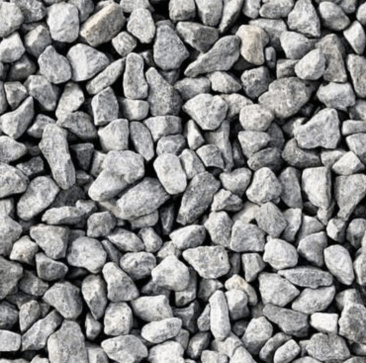
Used to move coolers’ exhaust gases, fans ensure stable airflow for cooling operations in industrial processes.
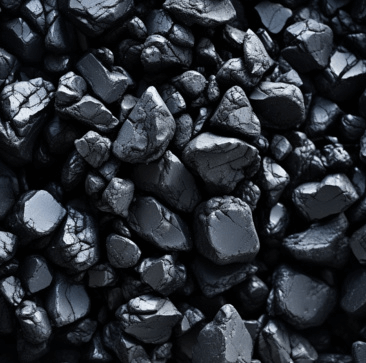
Fans control the flow of high-temperature exhaust gases from cement kilns, aiding in proper emission management.
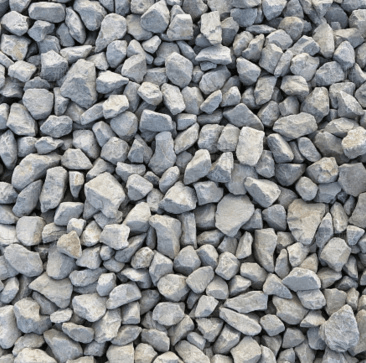
Fans help transport combustion gases from boilers, supporting efficient operation and pollutant management.

Used in coal mills, fans move air and coal dust mixtures, ensuring safety and efficiency in the grinding process.
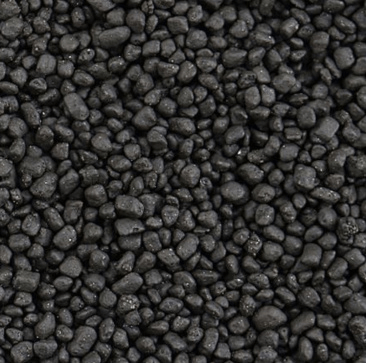
Fans handle furnace exhaust, providing consistent airflow for heat exchange and emission control systems.
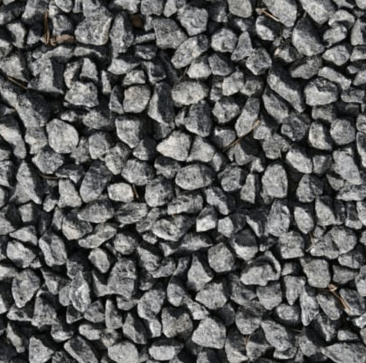
Industrial fans transport gases from chemical reactors, ensuring safe handling and proper exhaust ventilation.
You can get in touch with us through the following contact information
AddressNo. 2289 Huancheng South Road, Tongxiang, Jiaxing, Zhejiang Province, China. Zip code:314500
Please fill in the sales inquiry form and our sales representatives will be in touch shortly.